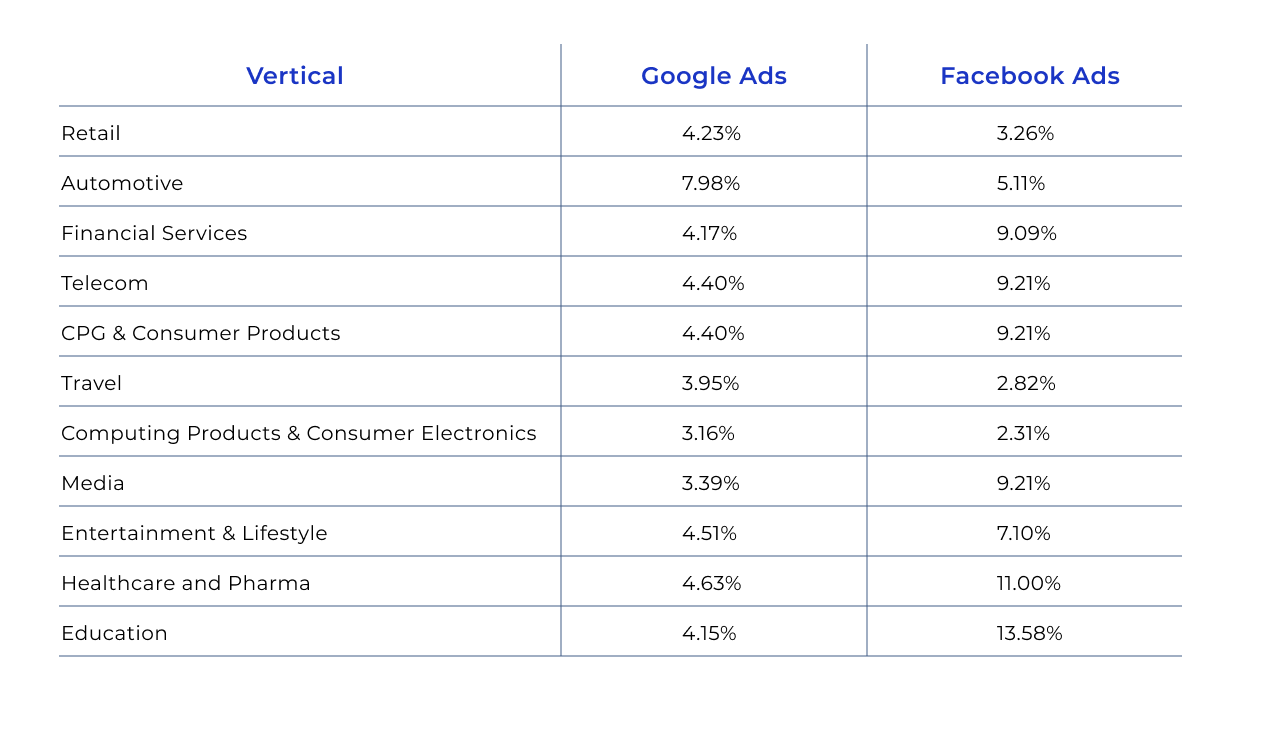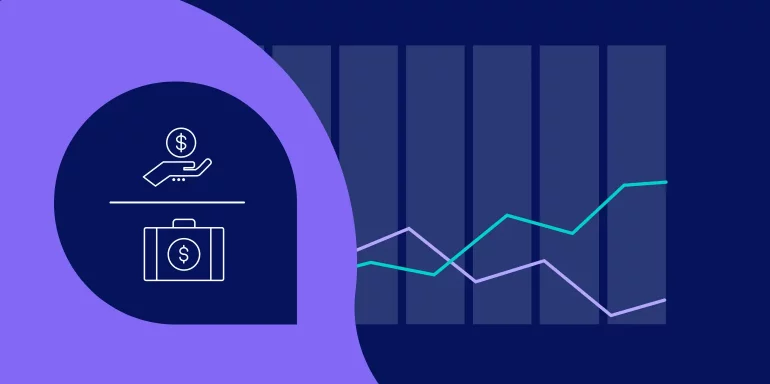In today’s advertising climate, monitoring ROAS is arguably more important than ever.
According to recent statistics, digital advertising in 2022 reached $602.25 billion, which is a 15.6 percent increase from 2021.
And with advertisers spending a lot on digital advertising, It’s vital to know how your campaigns perform compared to your spending. This is where the growth metric comes, such as conversion rate, CTRS, CPM, and, most importantly, ROAS, come into play.
What is ROAS?
Return on ad spend calculates the total revenue generated for a specific marketing channel (such as PPC) divided by the total campaign cost on the channel. More broadly, it shows how effectively you’ve communicated advertising messages to a specific audience. The higher the message relevance to the target audience, the higher the return on ad spend.
Here’s a simple formula to calculate your ROAS

For example, if a DTC clothing brand spends $10,000 on a Facebook ad campaign and generates $40,000 in revenue. The ROAS calculation would look like:
$40,000/$10,000 : $4 or 4:1
The metric is represented in dollars to easily see if an advertising channel is performing at a profitable level. It is also calculated as a ratio demonstrating revenue generated off each advertising dollar spent for a specific campaign. In this example, a 4:1 return on ad spend means that for every $1 the brand spent, they generated $4 in revenue.
Using this metric, you can calculate conversions for ad spend instead of simply tracking clicks. Why is that important? Because clicks don’t equal conversions. For too long, advertisers have focused on click-through rate (CTR) but not prioritized what visitors do once they make it to a landing page, product page, or website. If your CTR is high, but your conversion rate (CvR) is low, you know it’s time to reassess your landing page experiences.
What is a good ROAS?
Unfortunately, there isn’t a universal metric to calculate a “good ROAS” since every industry and brand has different advertising strategies, sales cycles, and conversion goals. For some brands, a value of 4:1 is outstanding. Others would consider this a failure. Just as conversion rates vary across industries, return on ad spend varies across different industries and channels.
According to recent data, the average conversion rate for Google Ads (search network) is 4.45%, while the average conversion rate for Facebook Ads is 7.44% across 11 industries.

Looking at available conversion data, advertisers often struggle to understand how to serve meaningful content to each target audience segment. This also impacts ROAS.
Calculating a good or bad ROAS depends on the profit margins of the company, product or service, the industry, and the advertising channel. A big profit margin shows you can afford a low return on ad spend. Conversely, a small margin means you need advertising costs to be low, so your goal will be a higher ROAS.
Your campaign’s conversion rate helps predict the value of return on ad spend. However, there is an important distinction between the metrics: Conversion rate measures action, not revenue in dollars. In order to fully understand the impact on revenue, it’s important to understand the difference between ROAS and ROI (and measure both). Most advertisers use these terms interchangeably. Both metrics deserve attention in the bigger advertising picture but they measure different values.
The difference between ROAS and ROI
Return on investment (ROI) measures the profit generated by digital ads relative to the cost of those ads in order to assess how ads contribute to a brand’s bottom line. To calculate ROI you need to factor in the campaign costs as well as profits:
ROI = profits – costs x 100 / costs
While your ROAS calculation determines the gross revenue generated for every dollar spent on advertising, ROI accounts for the amount you earn after paying expenses—the net revenue generated. The sole purpose of calculating ROI is to determine whether a campaign is worth the investment. By considering the profit margin, you can assess overall profits and be strategic about your digital advertising campaigns.
ROI is important to track for campaign performance. However, it isn’t a tell-all. It won’t help you decide whether or not a campaign will be successful. Meanwhile, ROAS does more than calculate potential profitability—it helps identify campaigns that are generating sales.
To analyze the overall campaign performance, it is best to combine ROAS with cost per lead (CPL) or cost per acquisition (CPA) goals, as these take into account traffic and lead quality.
For example, you know you aren’t generating quality leads if you have a low CPL and a low ROAS. However, if you have a high CPL but a low ROAS, it shows you need to assess the quality of the leads, the digital advertising costs, and ultimately the conversion rate.
Bottom line: The higher the ROAS, the better.
How to improve return on ad spend
To improve ROAS, dig deeper into your targeting, its accuracy, and digital ad costs.
Check ROAS accuracy
The first thing to do for a low ROAS value is to review your metrics. Have you considered all the advertising costs? Is your attribution model accurate? Look at the ROAS for Facebook Ads and Google Ads separately.
First or last-click attribution models can impact the metric since they can make a successful campaign look unsuccessful. Ensure you are using an attribution model that makes sense for your campaign. Another essential aspect to check are any additional costs outside of the immediate advertising costs since these can skew the final value.
Lower ad costs
ROAS comprises two things—the cost of ads and the revenue they generate. So, by lowering ad costs, you can increase your ROAS.
- Review negative keywords: The average Google Ads account wastes up to budget on the wrong keywords. Add negative keywords to narrow your reach and only pay for the right audiences to see your ads.
- Improve Quality Score: For Google Ads campaigns, a better Quality Score results in a higher ad ranking. This helps improve revenue and reduce wasted ad spend.
Improve ad revenue with relevant landing pages
Improving ad revenue should also be a priority in tandem with lowering ad costs. You can achieve this by connecting ads to relevant landing pages.
When intent and relevance match audience expectations, you decrease cost-per-click and increase advertising conversions.
Create landing pages at scale for all your ads to give a personalized experience to visitors while also increasing conversions and ROAS.
Maximize your ROAS with Instapage
Instapage empowers you to create optimized and personalized landing pages without a developer. Try the most advanced landing page platform on the market. With built-in collaboration, robust testing and integrations, and 500+ conversion-focused page layouts, you can create lightning-fast personalized landing pages and increase ROAS across your digital advertising campaigns. Sign up for an Instapage 14-day free trial today.

Try the world's most advanced landing page platform with a risk-free trial.
